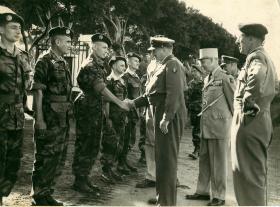
French Airborne Forces
French Airborne Forces
The first French paratrooper was an Air Force Captain who was trained as an airborne instructor in Russia in 1935. Two airborne companies were activated by the French air Force in 1937.
During the opening month of World War II the two companies were employed as raiding and patrolling forces in Eastern France. In June 1940 the remnants of the companies were withdrawn to England and Algeria.
These men formed the nucleus for the 1st RCP (Regiment De Chasseurs Parachutistes) and the ‘Shock Battalion’(Battalion de Choc) established in 1943. The 1st RCP was trained and integrated into the US 82nd Airborne Division and suffered heavy losses during the autumn of 1944 in eastern France. The Shock Battalion dropped in Southern France in August 1944, acting as the pathfinder force for the Allied Airborne Task Force.
In England a Free-French infantry company was integrated into the British special Air Service (SAS) Brigade. As the 3rd Squadron they engaged in clandestine operations in occupied France and raids on German installations in Crete, Syria, Libya and Tunisia. They expanded to the 3rd and 4th Battalions of the SAS Brigade and were used to create diversions in Brittany during the Normandy invasion, in central and eastern France and in Holland and Belgium in 1944.
After the war the decision was made to create an airborne division in France and North Africa and to send an airborne brigade to Indo-China. 1st RCP steered the development of airborne units stationed in France and North Africa, while the SAS Battalions were integrated into the French Colonial Forces Marine Corps and immediately despatched to Indo-China.
An average of eight airborne battalions was committed to operations in Indo-China between 1946-54, where they created the first Vietnamese, Laotian and Cambodian airborne units. The French Foreign Legion activated three airborne battalions and two were deployed in Tonkin. The flexibility and mobility of these units ensured they were in the fore-front of fighting in Indo-China. Six airborne battalions were overrun by the Vietminh during the battle of Dien Bien Phu fought between November 1953 to May 1954. This disaster concluded the French presence in Vietnam.
In 1956 the French Army grouped all of its airborne units within two Parachute Divisions, the 10th and the 25th. Both were employed as the main strike reserves during the Algerian conflict between 1954-62.
The 2nd Marine Airborne Regiment jumped with the 3rd Battalion (the British) Parachute Regiment at Suez, capturing Port Fuad in 1956. The 2nd and 3rd Marine Airborne Regiments jumped at Bizerte in Tunisia in 1961 and airborne units were engaged in Chad between 1968-72.
The failed military putsch in Algiers resulted in the disbandment of the two parachute divisions, whose regiments were merged into a Light Intervention Division, which was re-named the 11th Parachute Division in 1971.
The 2nd REP (Foreign Legion Parachute Regiment) parachuted into Kolwezi in May 1978 to rescue hostages held by rebels in the Shaba Province of southern Zaire (present day Congo).
At the end of the Cold War the 11th Division was reduced in size to the 11th Parachute Brigade in 1999.
Newsletter Signup
Donate
Make a donation to Airborne Assault ParaData to help preserve the history of The Parachute Regiment and Airborne Forces
The Airborne Shop
The Airborne Shop is the official shop of Support Our Paras (The Parachute Regiment Charity RCN1131977).
Profits from all sales made through our shop go directly to Support Our Paras, so every purchase you make with us will directly benefit The Parachute Regiment and Airborne Forces.

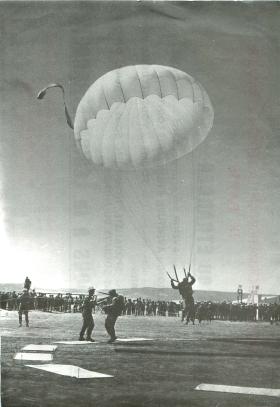
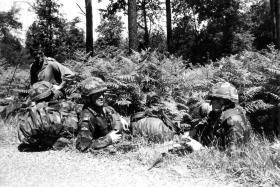
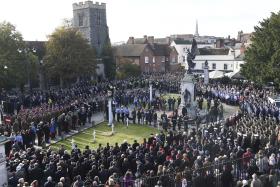
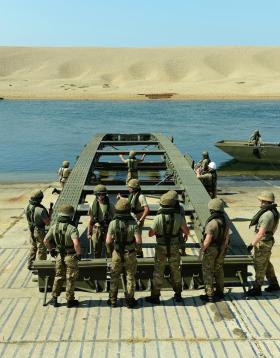
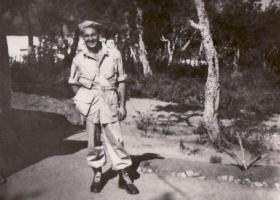
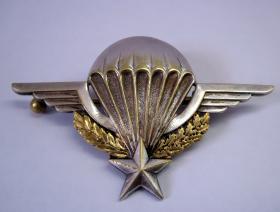
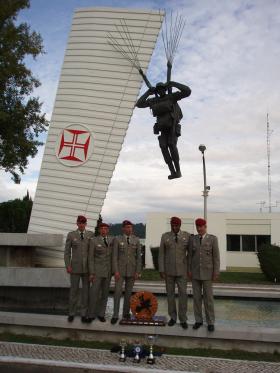
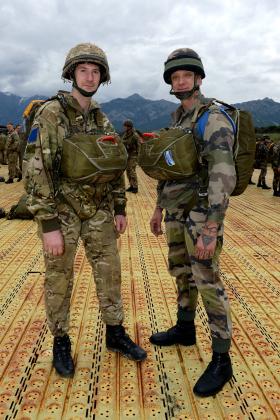
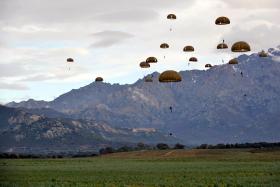
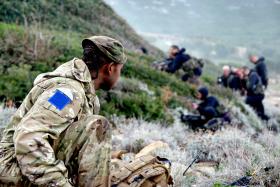
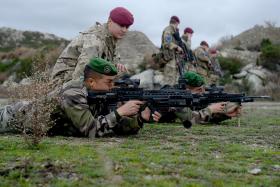
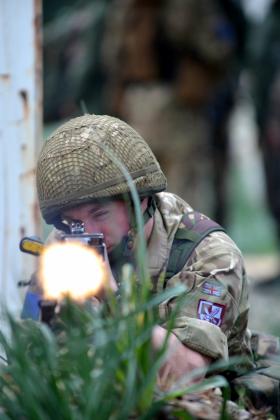
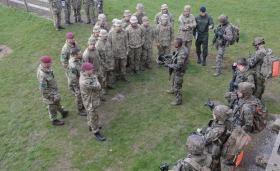
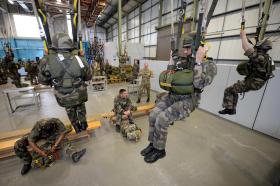
Latest Comments
There are currently no comments for this content.
Add Comment
In order to add comments you must be registered with ParaData.
If you are currently a ParaData member please login.
If you are not currently a ParaData member but wish to get involved please register.